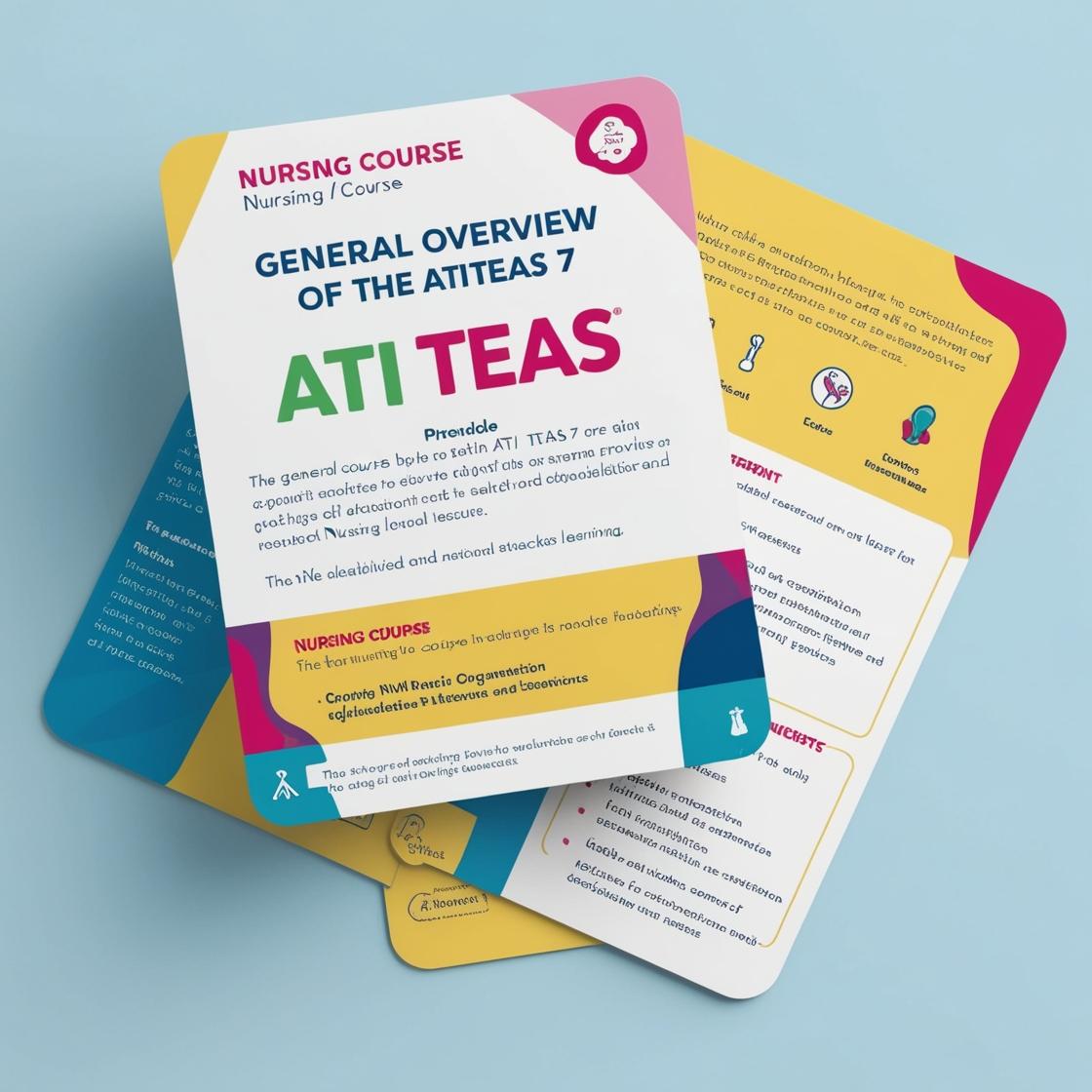ATI TEAS 7
ATI TEAS 7 Science
1. Which part of the neuron is responsible for transmitting signals away from the cell body and toward other neurons or muscles?
- A. Axon
- B. Dendrite
- C. Synapse
- D. Myelin sheath
Correct answer: A
Rationale: The axon is the part of the neuron responsible for transmitting signals away from the cell body and toward other neurons or muscles. It is a long, slender projection covered by the myelin sheath, which speeds up signal transmission. Dendrites, on the other hand, receive signals from other neurons and transmit them toward the cell body. The synapse is the junction between two neurons where communication occurs, but it is not responsible for transmitting signals away from the cell body.
2. What is the term for the involuntary muscle contractions that move food through the digestive tract?
- A. Segmentation
- B. Peristalsis
- C. Chyme
- D. Emulsification
Correct answer: B
Rationale: Peristalsis is the correct term for the involuntary muscle contractions that move food through the digestive tract. These contractions help push food along the digestive system, facilitating digestion and absorption of nutrients. Segmentation, on the other hand, refers to the mixing and breaking down of food in the intestines, not the movement of food. Chyme is the semi-fluid mass of partially digested food in the stomach and small intestine, not the muscle contractions. Emulsification is the process of breaking down fat globules into smaller droplets to aid in digestion, not the movement of food through the digestive tract. Therefore, peristalsis is the most appropriate term for this function.
3. What are the constituents of an atomic nucleus?
- A. Electrons and protons only
- B. Protons and neutrons only
- C. Electrons, protons, and neutrons
- D. None of the above
Correct answer: B
Rationale: The correct answer is B: Protons and neutrons only. Electrons are located outside the nucleus in electron shells. Protons and neutrons are the subatomic particles found within the nucleus of an atom. Protons carry a positive charge, while neutrons are neutral. These particles contribute to the mass and stability of the nucleus. Choice A is incorrect because electrons are not part of the nucleus. Choice C is incorrect as electrons are not found within the nucleus, only protons and neutrons. Choice D is incorrect as protons and neutrons are indeed constituents of an atomic nucleus.
4. What is the recommended daily fiber intake for adults?
- A. 10 grams
- B. 25 grams
- C. 35 grams
- D. 50 grams
Correct answer: B
Rationale: The recommended daily fiber intake for adults is around 25 grams for women and 38 grams for men. Fiber is essential for maintaining a healthy digestive system, preventing constipation, and reducing the risk of chronic diseases such as heart disease and diabetes. Consuming an adequate amount of fiber can also help with weight management and promote overall well-being. Option B is the correct answer based on the recommended daily intake guidelines for adults. Choices A, C, and D are incorrect because they do not align with the established guidelines for fiber intake in adults. 10 grams (choice A) is too low, 35 grams (choice C) is higher than the general recommendation, and 50 grams (choice D) is significantly above the recommended intake, which may lead to digestive issues in some individuals.
5. Which of the following describes the flow of genetic information from DNA to protein?
- A. Replication
- B. Transcription
- C. Translation
- D. Both transcription and translation
Correct answer: D
Rationale: The correct answer is D, 'Both transcription and translation.' Genetic information flows from DNA to RNA through transcription and from RNA to protein through translation. Replication is the process of copying DNA to produce an identical DNA molecule. Choice A, 'Replication,' is incorrect because replication is not directly involved in the flow of genetic information from DNA to protein. Choice B, 'Transcription,' is incorrect as it represents the process of synthesizing RNA from a DNA template, which is the initial step in the flow of genetic information. Choice C, 'Translation,' is also incorrect as it refers to the process of translating the information in mRNA into a sequence of amino acids during protein synthesis, which is the second step in the flow of genetic information.
Similar Questions

Access More Features
ATI TEAS Premium Plus
$150/ 90 days
- Actual ATI TEAS 7 Questions
- 3,000 questions with answers
- 90 days access
ATI TEAS Basic
$99/ 30 days
- 3,000 Questions with answers
- 30 days access
